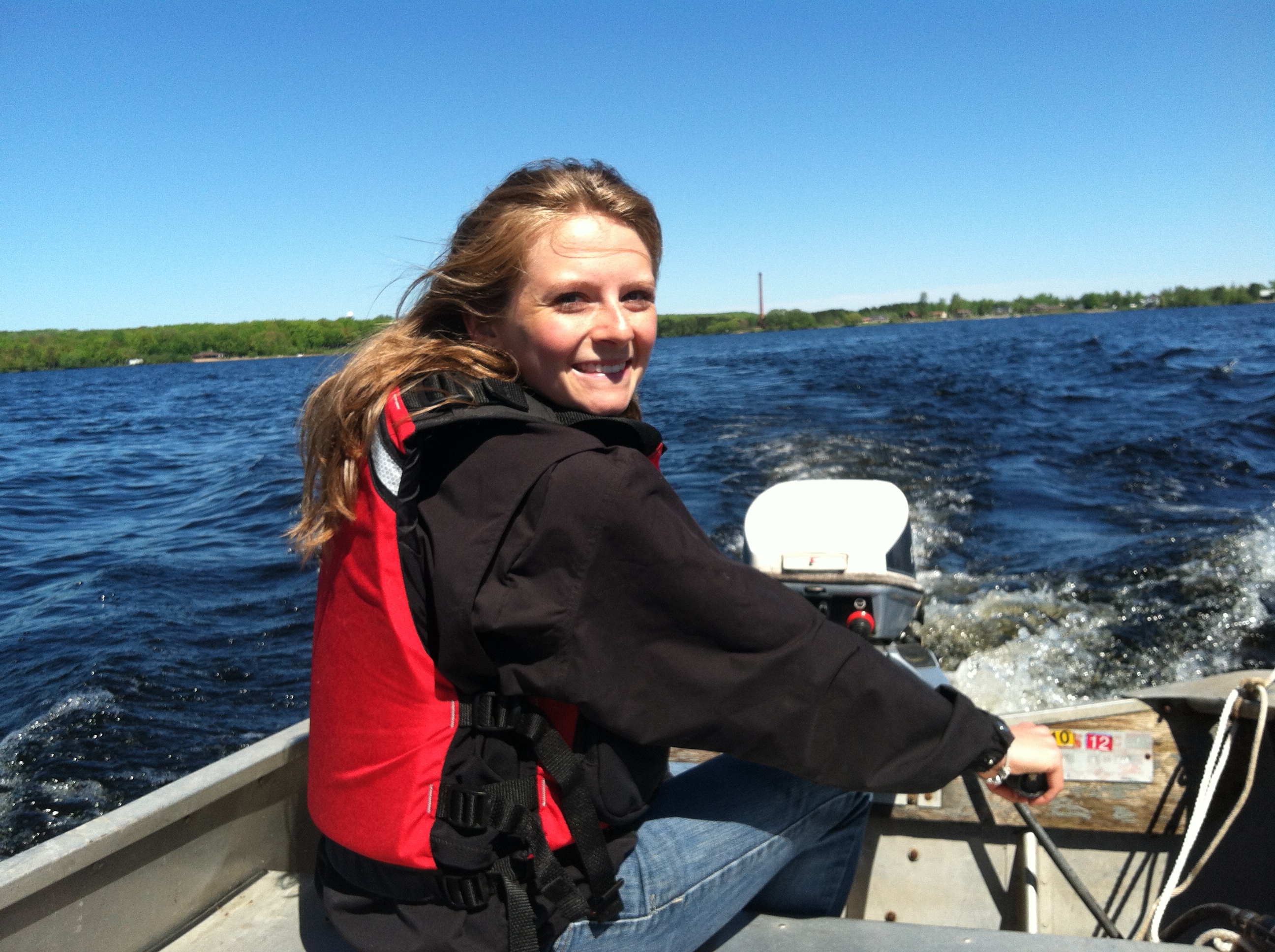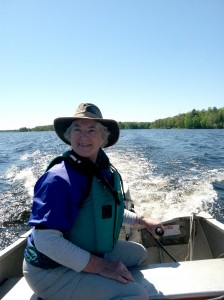
Blog > Keeping an Eye on Total Phosphorus in Lake Independence
Keeping an Eye on Total Phosphorus in Lake Independence

Yellow Dog Watershed Preserve is in the midst of the 2014 sampling season for the Michigan Clean Water Corps (MiCorps) Cooperative Lakes Monitoring Program. YDWP have been collecting data since 2010, and we have historical clarity data from 1974-1982. We intend to continue collecting information about Lake Independence water quality through this program indefinitely. The program is directed by a partnership between the MDEQ and the Michigan Lake and Stream Association. The goal is to provide water quality data for lakes in the state of Michigan in a cost-effective way. The data can be analyzed to observe long-term trends and will also be used to educate lake residents about lake ecology and potential threats to the health of their lake.
Volunteers from Marquette and Big Bay visit Lake Independence weekly to collect water quality data. We are tracking lake eutrophication, a natural aging process which occurs through the gradual accumulation of nutrients, increasing productivity, and a slow filling in of the lake basin with accumulated sediments, silt and muck. The process is naturally occurring but humans can speed it up.

We have compared our results from previous years, while we continue to collect more data from May through September 2014. Our monitoring constituents include: total phosphorus, chlorophyll, clarity, dissolved oxygen and temperature. These measurements and samples are collected following the state-wide program protocol in the same location in the deepest part of the lake at regular intervals.
While our lake remains classified as mesotrophic and healthy, we are closely watching fluctuations in total phosphorus which have been variable. The total phosphorus values have indicated no conclusive increasing trend according to Dr. Jo Latimore of the Department of Fisheries and Wildlife at Michigan State University. However, she emphasizes continuing consistent annual monitoring to determine if an increase is truly occurring. Lake Independence has been classified as a “shallow mesotrophic lake that does not maintain summer stratification. Because the lake is so shallow, summer storms can drive wave energy into the deepest parts of the lake breaking up any stratification present and re-supplying the deep water with oxygen” (MiCorps 2013).
Phosphorus is a naturally occurring element in lake sediment, but can enter a lake through poorly maintained septic systems and lawn fertilizers. The excessive build up can start to damage a lake’s natural ecology, dissolved oxygen levels and fish habitat which is difficult and expensive to recover. Our 2014 results will be available after our collection season ends, when results are analyzed by the Michigan Department of Environmental Quality lab, and the annual report is released from MiCorps sometime early next year. Yellow Dog Watershed Preserve is looking into methods of educating lake residents about good lake stewardship.
Yellow Dog Watershed Preserve would like to thank Jo Foley, Xavier Donajkowski and the Bush/Baker Family for their generous support this monitoring season.

